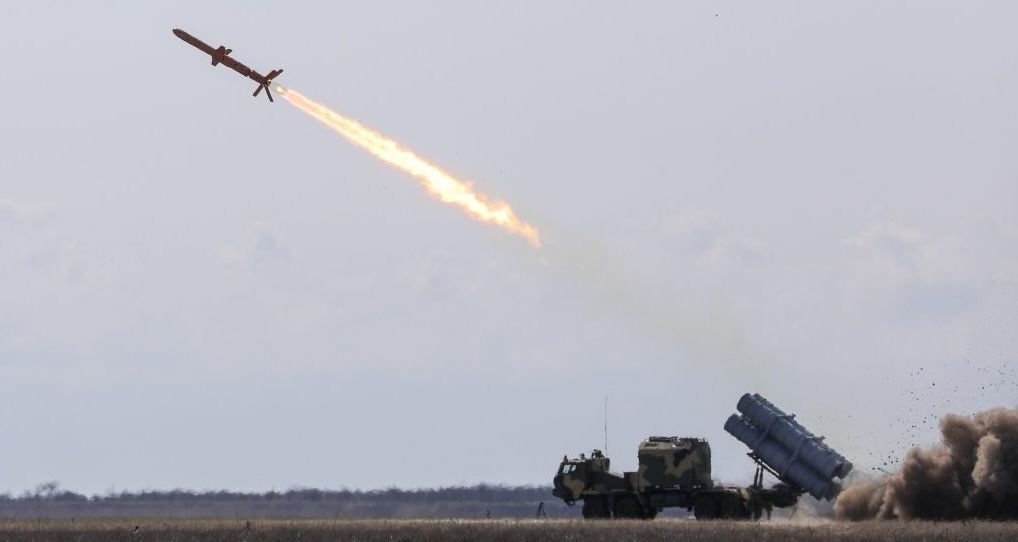**Ukraine and Russia Agree to Ceasefire in the Black Sea**
A new ceasefire agreement has been reached between Ukraine and Russia, ending months of fighting in the Black Sea. The deal means that both sides have agreed to “eliminate the use of force” in the area.
For more than a year, Ukrainian forces had been targeting Russian ships, bridges, and naval headquarters with strikes, leading to the neutering of the Black Sea Fleet being hailed as one of Ukraine’s greatest military feats during the war. Although Ukraine’s coastal cities are still under threat from Russian missile attacks, out at sea, Kyiv has carved out its own trade route.
**How Ukraine Contained Russia’s Black Sea Fleet**
Ukraine initially lost all of its remaining surface vessels in the early months of the full-scale war. However, with innovative tools like Magura and Sea Baby naval drones and domestically made Neptune missiles, they turned the tide. Ukraine celebrated its most successful “kill” when the missile cruiser Moskva, the Black Sea Fleet’s flagship, sunk on April 14, 2022.
Ukraine has also retaken key positions like Snake Island off the coast of Odesa and struck Russian naval facilities in Crimea with Western SCALP and Storm Shadow missiles. One of their crowning achievements was a devastating strike on the Black Sea Fleet headquarters in Sevastopol on March 22, 2023.
**Russia’s Withdrawal from the Black Sea**
As a result of Ukraine’s successful operations, Russia has withdrawn its naval presence from the Black Sea. The Tartus port, which is Moscow’s only foreign naval base, has been blocked after the new leadership in Syria terminated a lease agreement with Russia.
The Turkish Straits, which connect the Mediterranean and Black Seas, also pose a challenge for Russia as they prevent any belligerent vessels from entering or leaving the Black Sea. This has meant that Russia’s naval presence in the Eastern Mediterranean is limited to around 10-11 ships, including support vessels.
**Russia’s New Naval Strategy**
With its naval base in Tartus being blocked, Russia is looking for alternative bases in the region. Libya appears to be Russia’s first choice, with Moscow seeking to pivot its naval presence to territories controlled by Libyan National Army (LNA) Commander Khalifa Haftar. However, this would require building new infrastructure from scratch.
A Russian deal with Sudan to establish a naval base in the war-torn country has also been presented as an alternative to Tartus. Still, the Red Sea base would be geographically distant and separated by the Suez Canal.
This combination of factors is expected to strain Russia’s military posture in the Eastern Mediterranean, making it harder for them to project their influence in the region.




